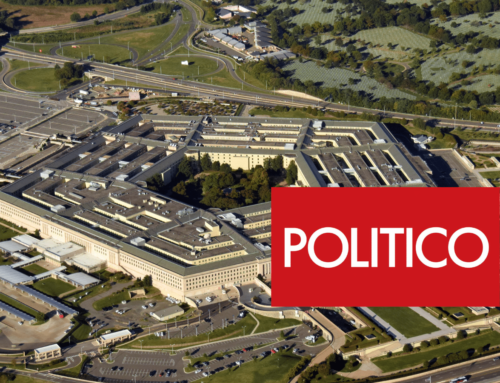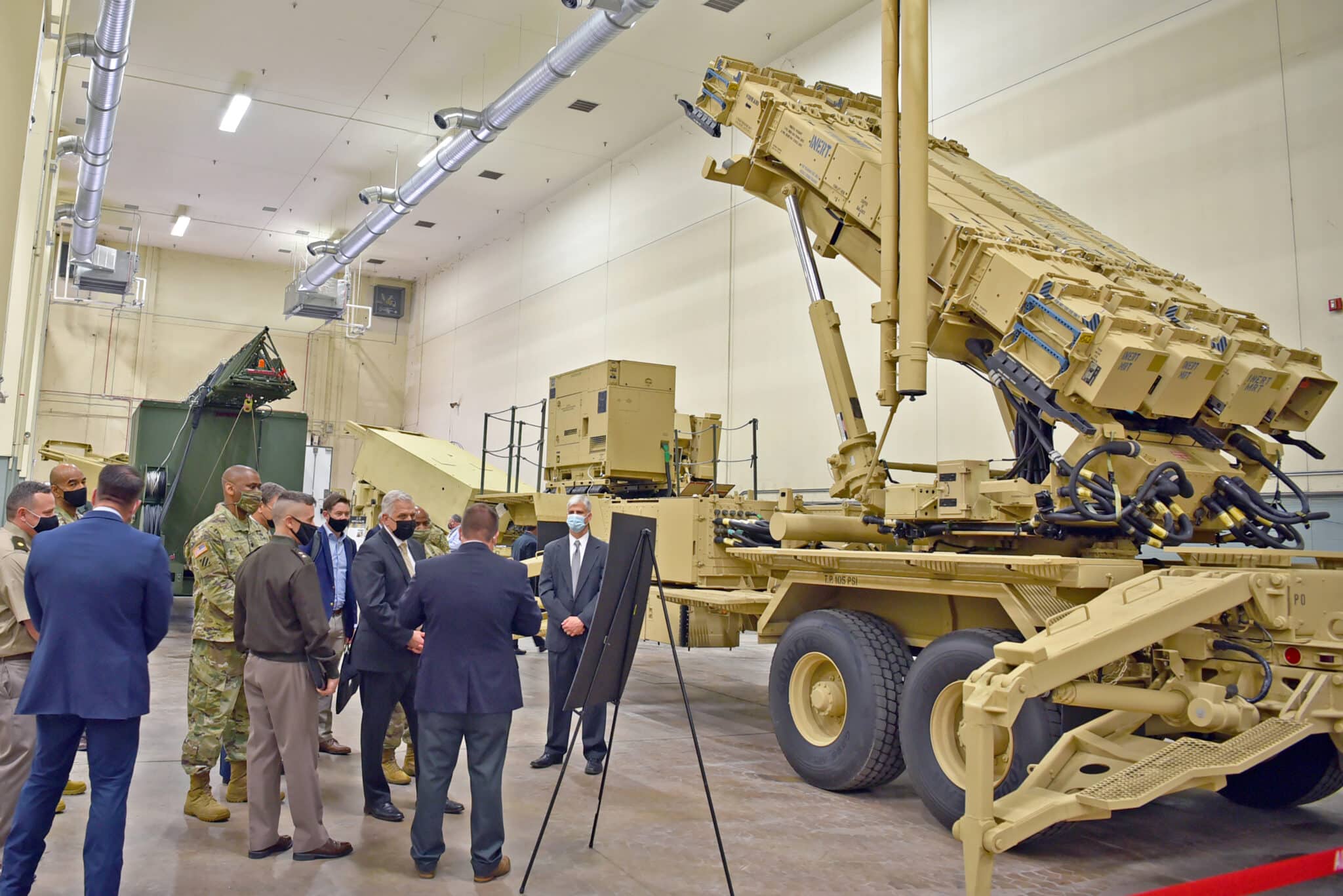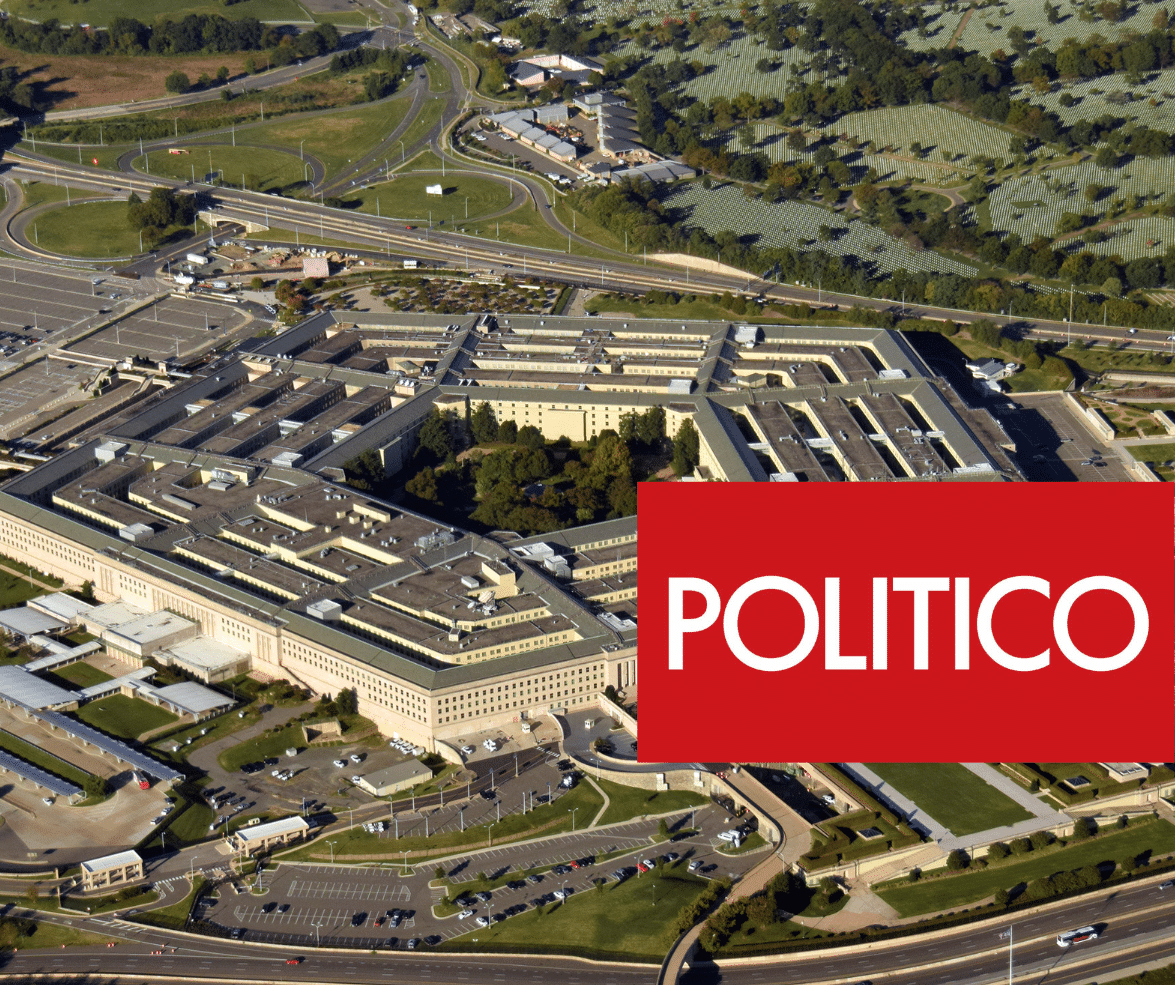There is a reason your flatware drawer has forks, knives, and spoons instead of dozens of sporks. Each utensil is good at something; sporks may claim to be the jack of all utensil trades, but they are master of none. Now imagine that a dozen sporks would cost you more than a dozen complete sets of silverware. In that case outfitting your house with sporks would take you from eccentric to foolish.
The new fighter the Pentagon is buying – the most expensive weapon acquisition in history at nearly $400 billion and rising – is the equivalent of a platinum plated spork.
The website of prime contractor for the F-35, Lockheed Martin, lists the widely divergent missions the F-35 is expected to meet: air-to-surface, air-to-air, Intelligence, Surveillance and Reconnaissance (ISR), Command and Control, and Electronic Attack. So far. Who knows what the future will hold under this rosy scenario, but the Pentagon does not seem to expect the F-35 to refuel other aircraft, perform airlift or combat search and rescue missions, or handle all the aspects of global strike.
The Air Force, the Marine Corps and, to a lesser extent, the Navy are putting all their aircraft modernization hopes, dreams, and taxpayer dollars into the F-35. We did an analysis of the fiscal year (FY) 2015 President’s budget request to determine how much the Administration wants to spend on the F-35 in the coming fiscal year. We were able to identify more than $8 billion. This is the “all in” number and includes more than $4.7 billion in Air Force funds (including an apparently unprecedented 100% of its combat aircraft procurement request) and more than $3.3 billion from the Navy (which purchases aircraft for both the Navy and the Marine Corps.) This includes money for procurement, advance procurement, research and development, and military construction. And this is just the money we could find that was readily identifiable as going toward the F-35. There probably is more, but it is not readily available in the unclassified portion of the budget.
The bottom line is that all three services could purchase more, modernized versions of aircraft currently in their inventories and save a lot of money over the currently projected costs of the F-35. And the U.S. would still enjoy air superiority over the rest of the world.
We discovered another reason to be concerned about the cost of the F-35 when we looked back at the history of the development of the plane. The history of “joint” development of weapon systems (meaning for more than one military service) is not a reassuring or successful one. A RAND Corporation report from late 2013 concluded that joint aircraft programs don’t produce the cost savings touted by the Pentagon. And the development of the F-35 has to be a poster child for that conclusion. The Pentagon originally stated that the Air Force version of the plane would be ready to fly and fight in FY05; now it is FY16. For the Marine Corp the date has slipped from FY06 to FY15. For the Navy the date has moved from FY08 to FY18. But when it comes to acquisition being days (years) late doesn’t mean being dollars short. No, the money paid to the contractors for additional research, redevelopment has grown exponentially. The Air Force will spend an additional $17.5 billion for Research, Development, Test and Evaluation (RDT&E). The Navy will spend an additional $4 billion in RDT&E. And the Marine Corps will spend an additional $17.6 billion. Combined at least $39.1 billion was spent on RDT&E that was never in the Pentagon’s original estimates for the F-35.
Add to that the constant upward creep in overall program costs as documented by the Government Accountability Office in its June 2013 report. In October of 2001 the Pentagon predicted total program costs for the F-35 to be $233 billion. By March of 2012, the last “baseline” cost estimate available, that cost had grown to more than $395 billion.
The F-35 is unaffordable. And, like the spork, the alternatives will do the jobs in a more cost-effective way.











Get Social